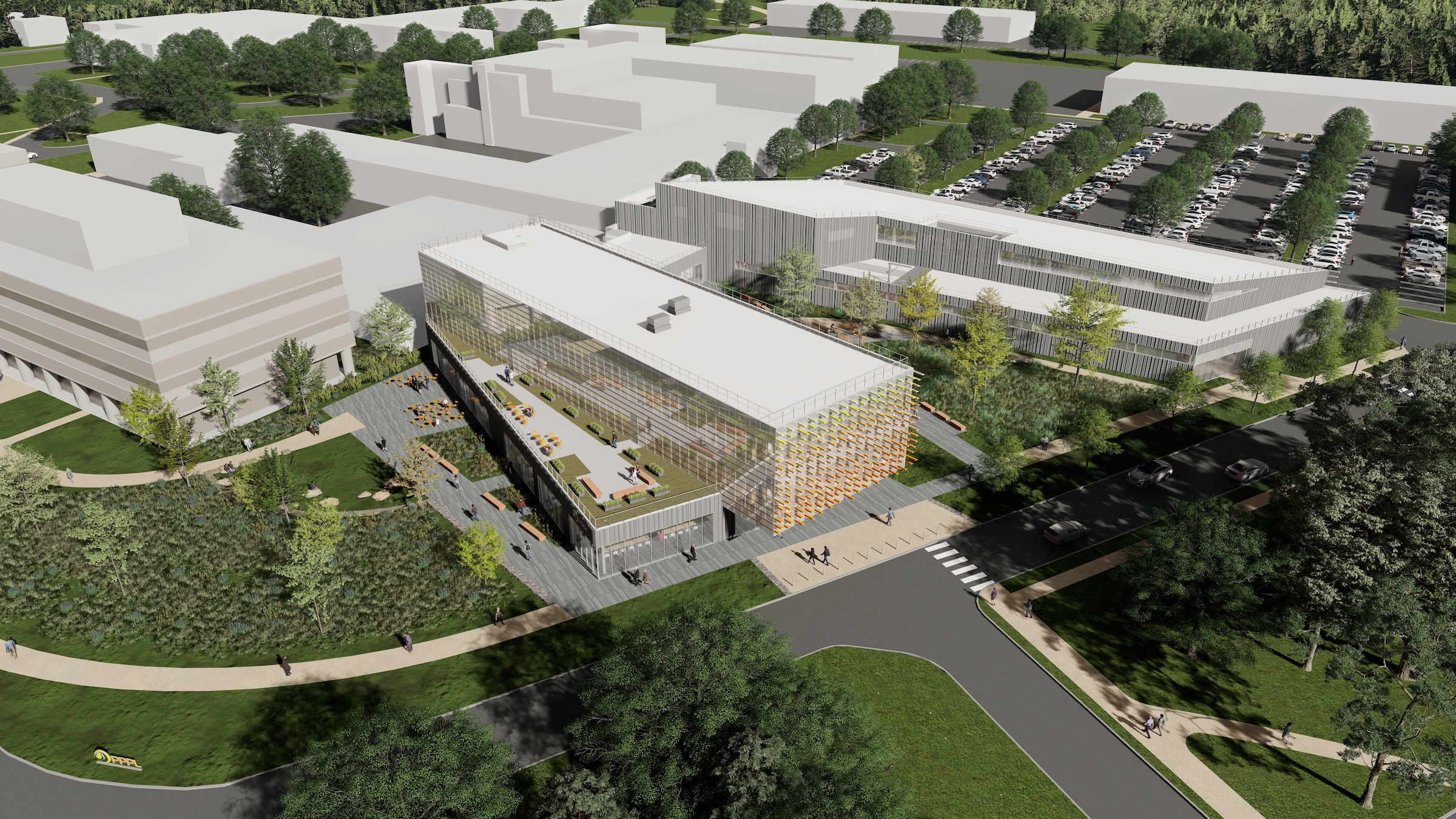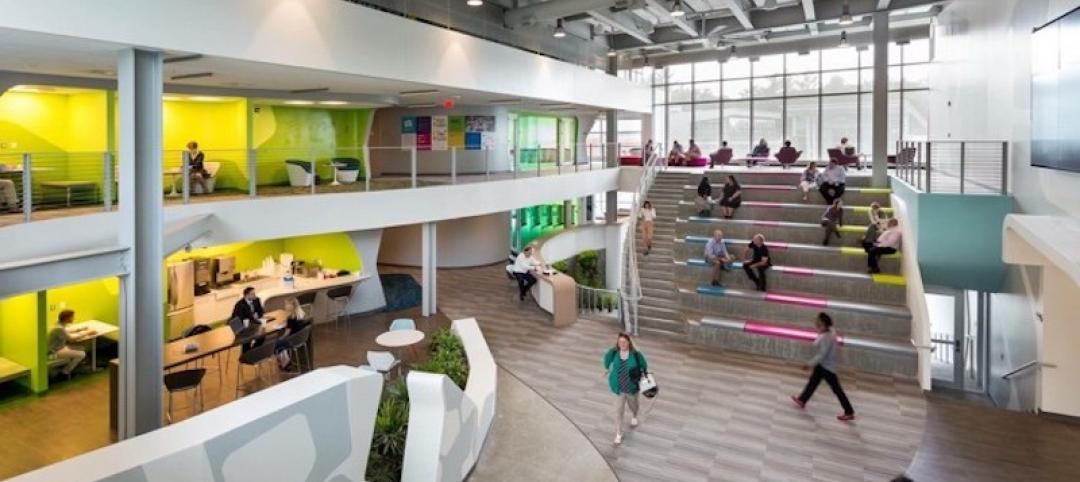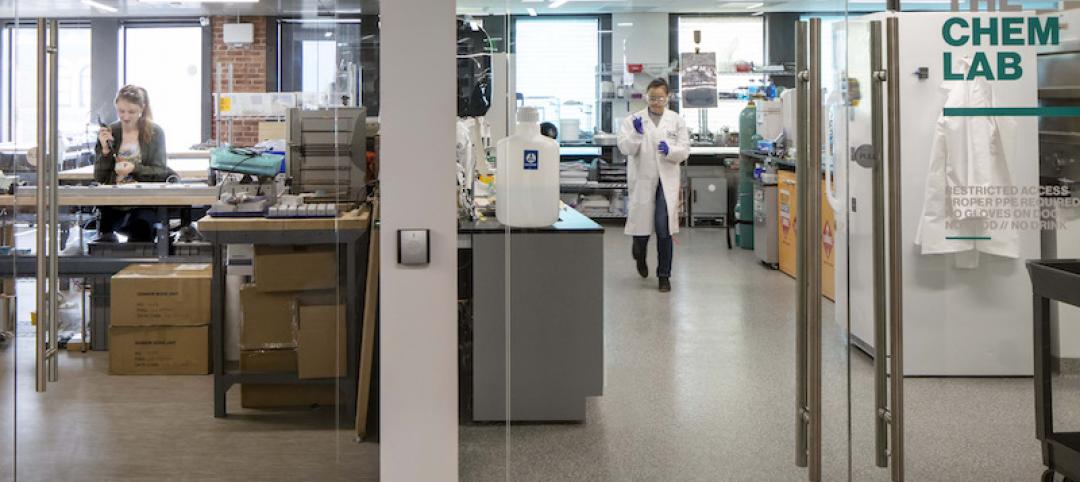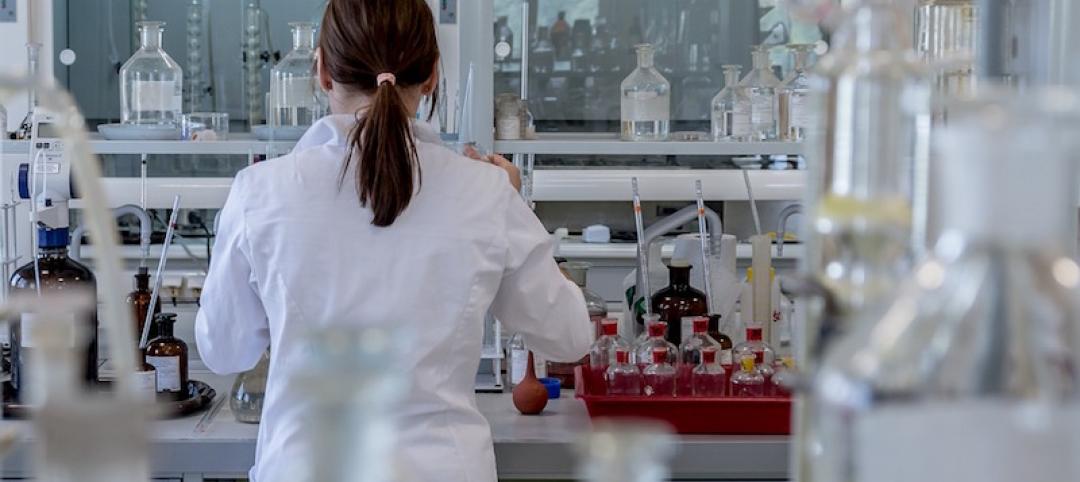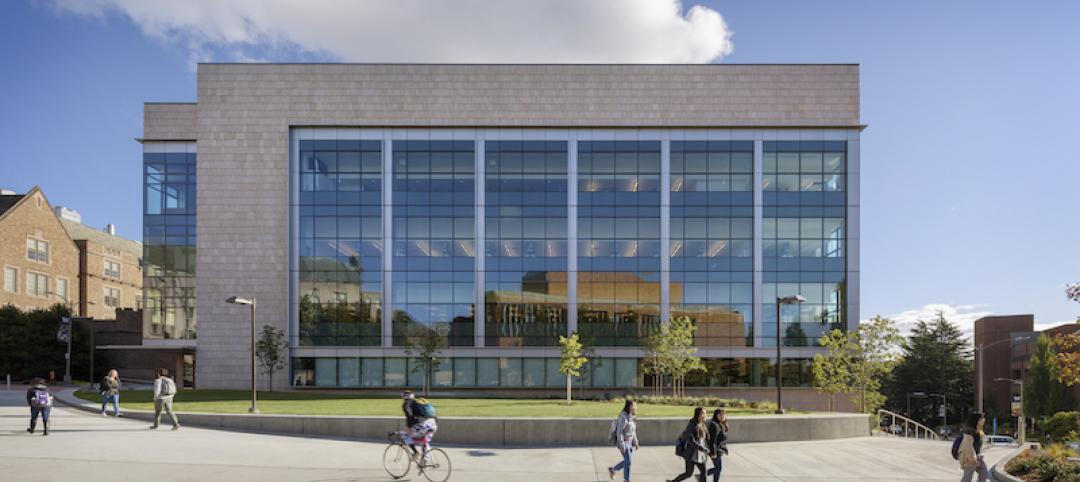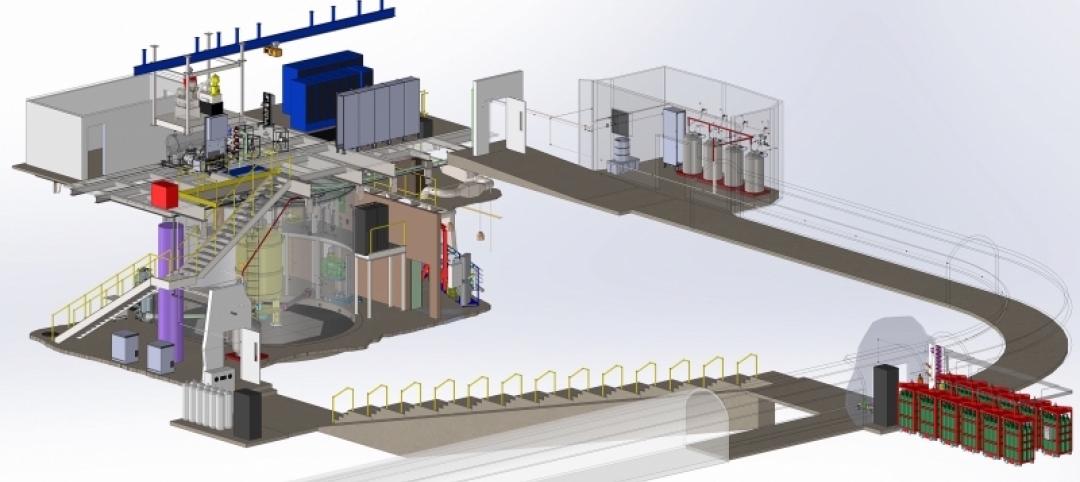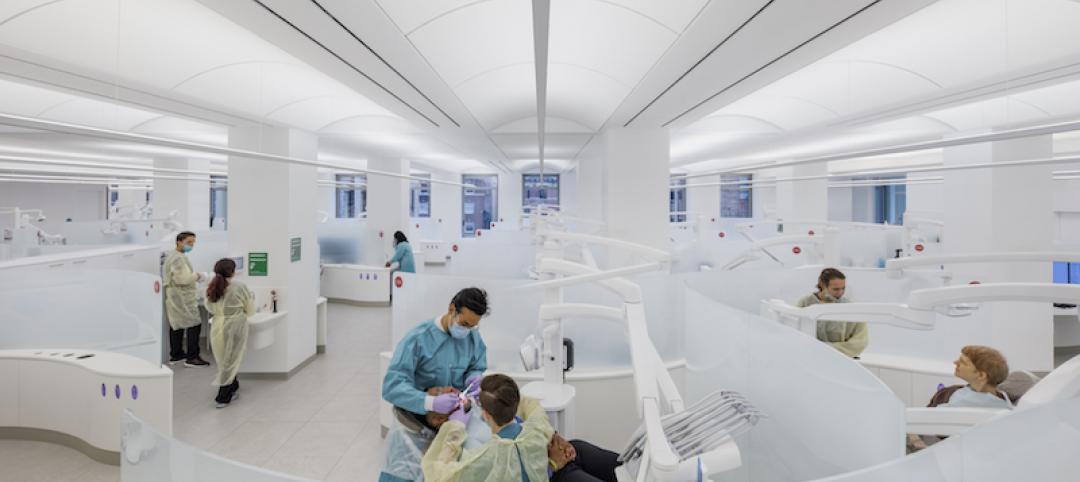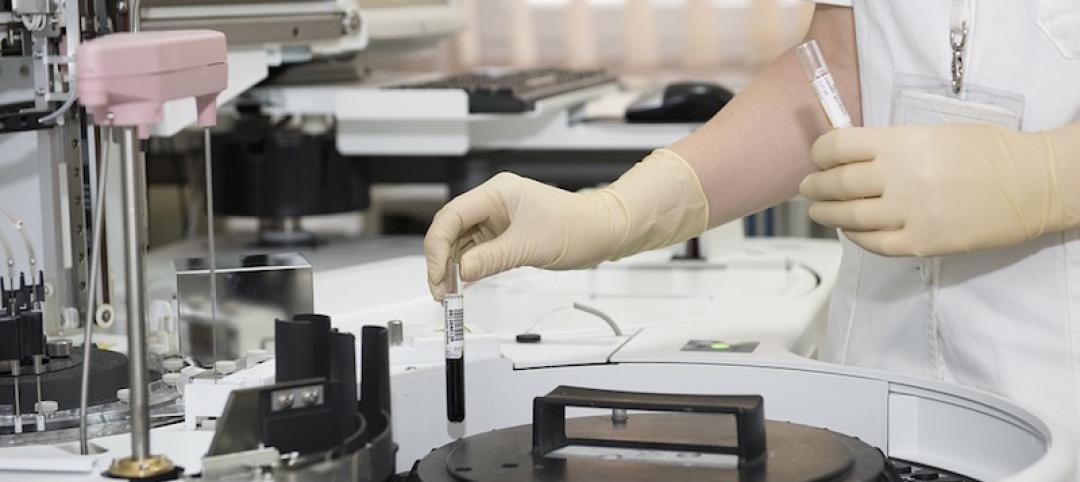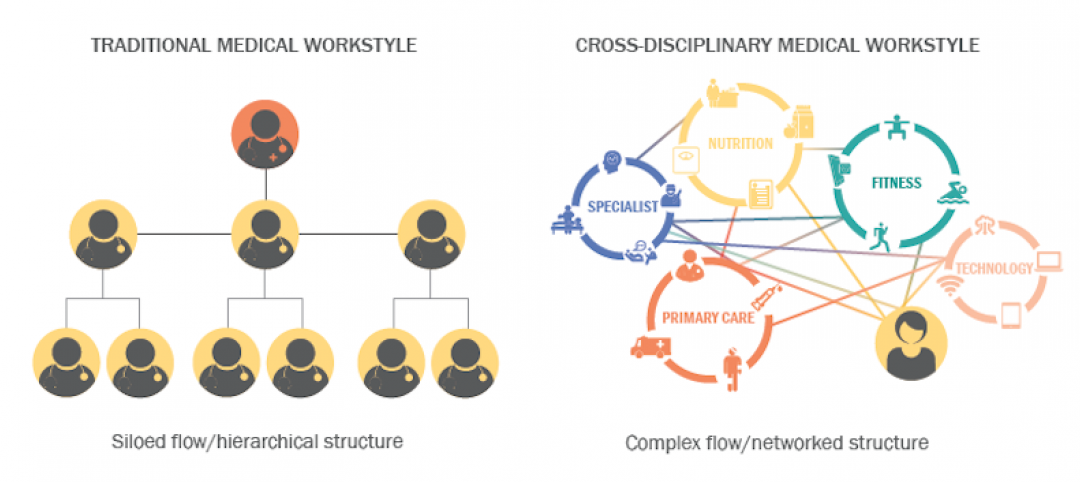In Princeton, N.J., the U.S. Department of Energy’s Princeton Plasma Physics Laboratory (PPPL) has broken ground on the Princeton Plasma Innovation Center (PPIC), a state-of-the-art office and laboratory building.
Designed and constructed by SmithGroup, the $109.7 million facility will provide space for research supporting PPPL’s expanded mission into microelectronics, quantum sensors and devices, and sustainability sciences. PPIC also will help the organization contribute research toward President Biden’s “Bold Decadal Vision for Commercial Fusion Energy.”
The first new building at PPPL in several decades, the 68,000-sf center will replace two buildings dating to the 1950s. The high-performance, sustainable building aims to be LEED Gold certified and a zero-carbon emissions building.
In addition to providing lab space, PPIC will have remote collaboration space and a virtual reality cube where PPPL scientists can communicate with research partners around the world. The building also will provide PPPL’s science education team a new lab for training the next generation of scientists.
In the U-shaped building, the north wing will feature a collaborative first floor where visitors enter, while the second and third floors will be dedicated mostly to office space for about 170 staff members. The laboratory wing to the south will have 10 medium-bay laboratories and 13 small-bay laboratories on the ground floor.
At the intersection of the north and south wings, the café will feature retractable walls on each side that open to the courtyard and the north garden, as will the science education lab and first-floor meeting rooms. A roof garden will sit north of the building entrance.
In line with the project’s focus on sustainability, glass will be used extensively to maximize daylight for the offices and reduce the use of electric lights. At the same time, colorful shades will reduce direct heat and glare from the sun by 88%, mitigating the need for air conditioning.
A geothermal exchange system, which will be dug 500 ft below ground between the north and south wings, will extract heat from the building in the summer and store it underground to heat the building in the winter. The system will provide about two-thirds of the building’s heating and cooling.
The project is primarily funded by the DOE’s Science Laboratories Infrastructure program, while Princeton University contributed $10 million for preconstruction work.
On the Building Team:
Owner: U.S. Department of Energy’s Princeton Plasma Physics Laboratory (PPPL)
Design architect, architect of record, and MEP and structural engineer: SmithGroup
Civil engineer: Van Note-Harvey Division of Pennoni
General contractor: INTECH Construction
Related Stories
Laboratories | Jun 18, 2018
A Massachusetts research building is the first to meet WELL’s Gold standard
Design changes in lighting and HVAC systems were required to meet compliance criteria.
Laboratories | May 21, 2018
Virtual Design and Construction Technology helped design MIT’s new accelerator facility
SGA designed the incubator space.
Laboratories | Feb 26, 2018
Three trends shaping labs of the future
It’s all about flexibility and talent for the future of life sciences.
University Buildings | Feb 16, 2018
The University of Washington receives a new Nanoengineering and Sciences Building
The building marks the second phase of a 168,000-sf complex.
Laboratories | Feb 15, 2018
Mass science: Superlab design best practices
What are superlabs? And what makes for a superbly designed superlab?
Reconstruction & Renovation | Feb 7, 2018
Renovations begin on an underground facility that is investigating the nature of dark matter
This LEO A DALY-designed project makes way to produce the world’s most sensitive detector to this point.
Healthcare Facilities | Jan 6, 2018
A new precision dental center embodies Columbia University’s latest direction for oral medicine education
The facility, which nests at “the core” of the university’s Medical Center, relies heavily on technology and big data.
Giants 400 | Dec 13, 2017
Top 45 science + technology architecture firms
HDR, HOK, and Interior Architects top BD+C’s ranking of the nation’s largest science + technology sector architecture and AE firms, as reported in the 2017 Giants 300 Report.
Healthcare Facilities | Nov 6, 2017
Design isn’t enough to foster collaboration in healthcare and research spaces
A new Perkins Eastman white paper finds limited employee interaction at NYU Winthrop Hospital, a year after it opened.
Laboratories | Sep 22, 2017
Designing for how we learn: Maker spaces and instructional laboratories
Here is how the See + Hear + Do = Remember mantra can be applied to maker spaces and instructional labs.


